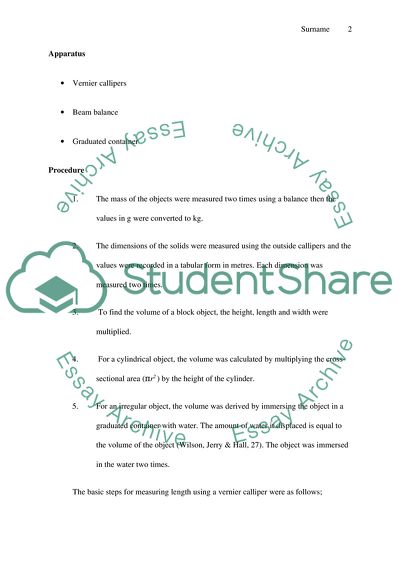Cite this document
(Physics lab report Example | Topics and Well Written Essays - 750 words, n.d.)
Physics lab report Example | Topics and Well Written Essays - 750 words. https://studentshare.org/physics/1830991-physics-lab-report
Physics lab report Example | Topics and Well Written Essays - 750 words. https://studentshare.org/physics/1830991-physics-lab-report
(Physics Lab Report Example | Topics and Well Written Essays - 750 Words)
Physics Lab Report Example | Topics and Well Written Essays - 750 Words. https://studentshare.org/physics/1830991-physics-lab-report.
Physics Lab Report Example | Topics and Well Written Essays - 750 Words. https://studentshare.org/physics/1830991-physics-lab-report.
“Physics Lab Report Example | Topics and Well Written Essays - 750 Words”. https://studentshare.org/physics/1830991-physics-lab-report.


